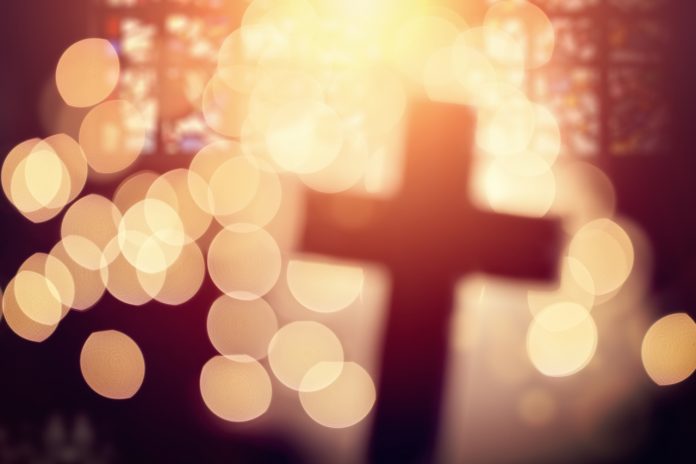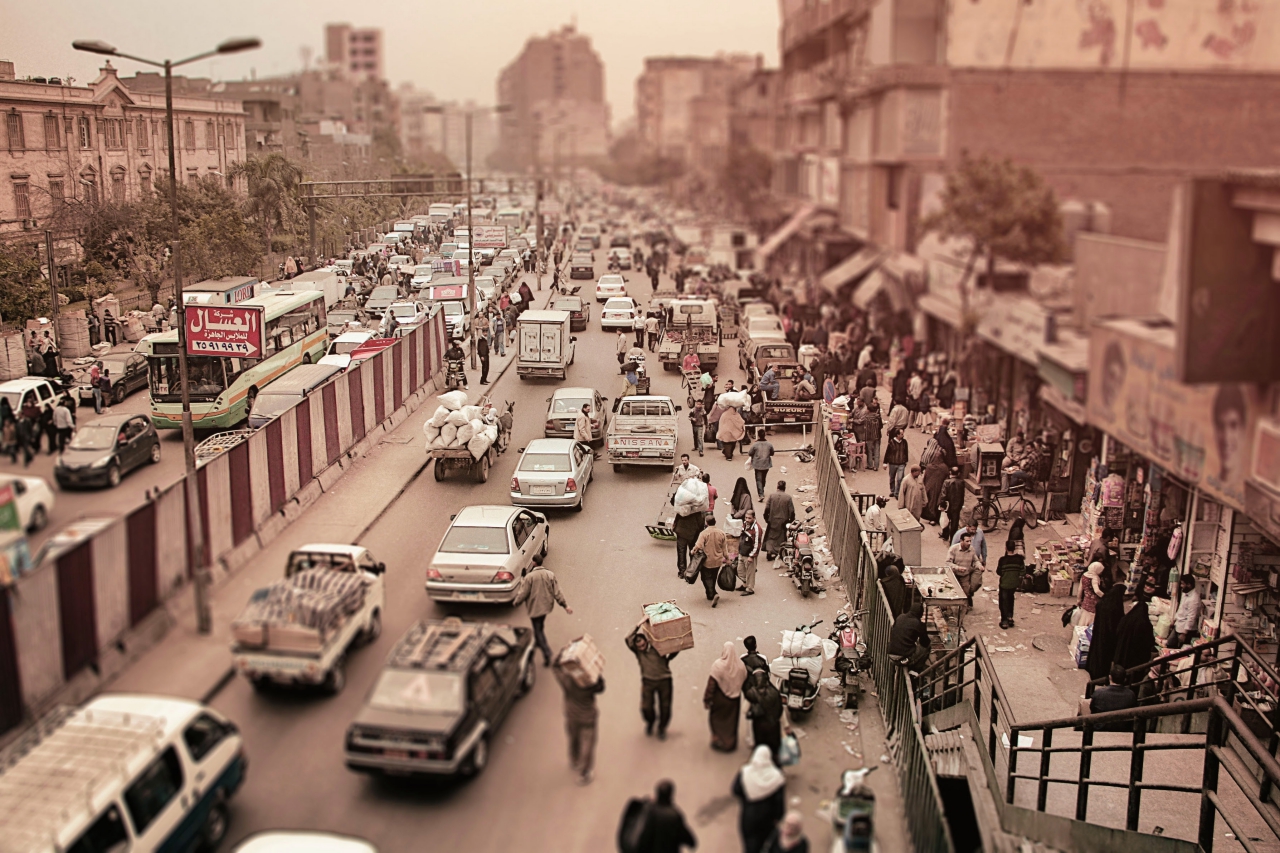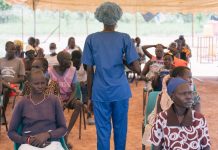A cross forcibly removed from the top of a 100-year-old Assyrian church in Iran was restored to its rightful place on 9 July, although the congregation is still locked out of the building.
Security agents and members of an organisation that answers to the Supreme Leader of Iran, Ali Khamenei, tore the cross from the evangelical church in Tabriz on 9 May. They also changed the locks, installed monitoring equipment and barred Assyrians from worshipping there.

The Assyrian member of the Iranian parliament, Yonathan Betkolia, called on 25 May for urgent action to reopen the church and restore the cross. In an open letter to President Rouhani, he asked, “Is this action befitting the dignity of the Islamic Republic of Iran, to treat the sacred places of Christians in such a way?”
In June, a senior legal adviser to the Iranian president, Aliakbar Gorji Azandaryani, said he had “serious doubts about the legality”, referring to several articles in Iran’s Constitution and especially Article 13 which states that religious minorities are recognised and free to perform their religious ceremonies. He added that the move also went against Iran’s Charter of Citizens’ Rights, launched by President Rouhani in 2016.
Local sources say Christians are encouraged to see the cross restored, although the authorities have yet to hand back the keys of the building and grant permission for worship to resume.
Christians worldwide were urged in June by a pastor to send letters to Iranian embassies in a “strong wave of protest” over the sealing of the church. It had been officially seized by a court order in 2011 but worshippers had been allowed to continue using the building.
Barnabas Fund, barnabasfund.org















